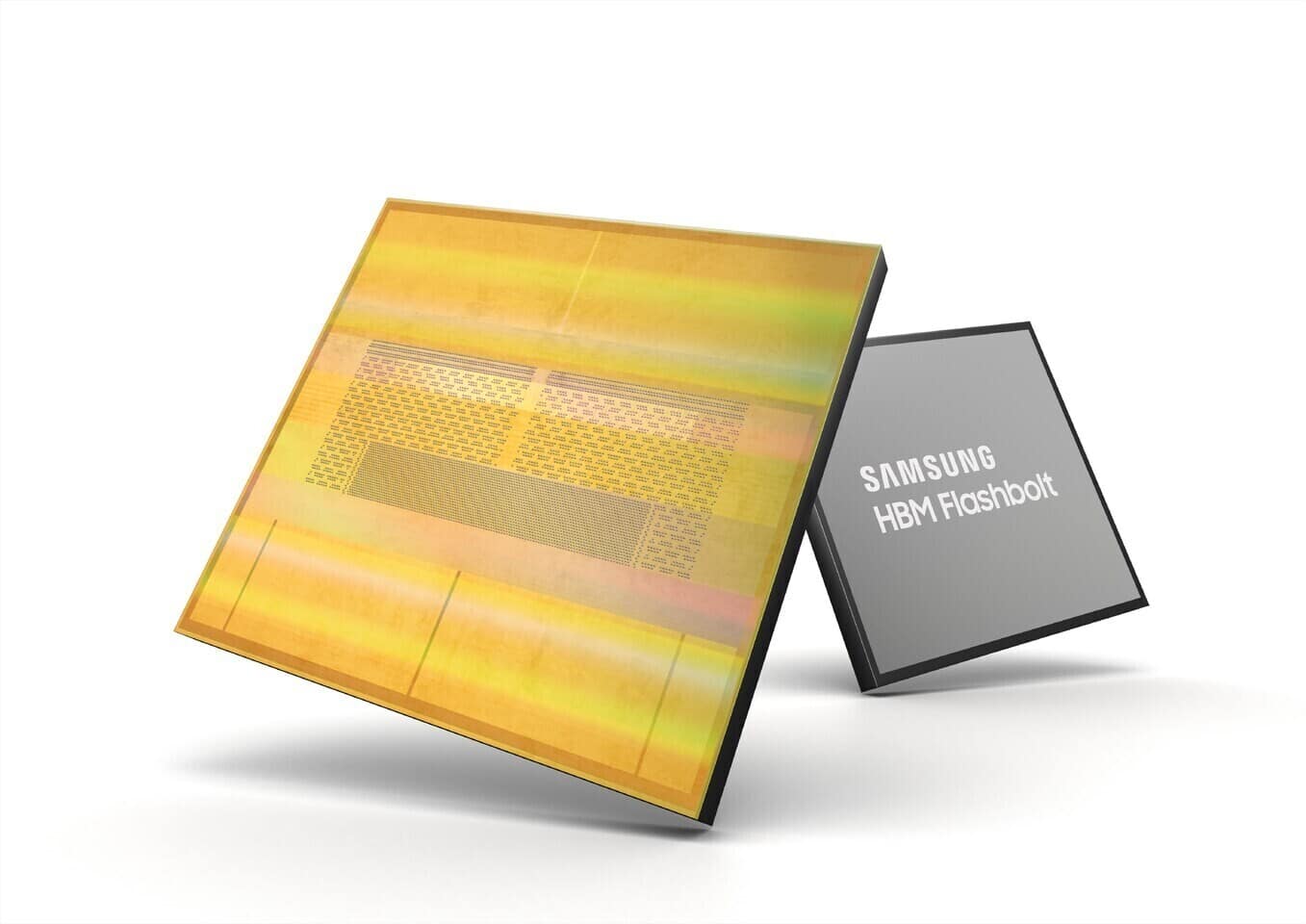Samsung South Korea accelerates its high-bandwidth memory (HBM) strategy to directly compete with SK hynix in the race to supply NVIDIA and AMD in artificial intelligence and high-performance computing.
Samsung Electronics has reached a new milestone in its technology journey. According to industry sources confirmed by the Korea Herald, the company has received internal approval to begin mass production of its sixth-generation DRAM technology — also known as 1c DRAM, based on an advanced 10nm-class process.
This step marks the culmination of a critical phase of development and research and keeps Samsung on track with its goal of renewing its DRAM generations every two years. With performance rates between 50% and 70% in recent tests, the South Korean company appears ready to scale its production just as the memory market undergoes a key transformation driven by artificial intelligence.
The Key: HBM4 and the Focus on Artificial Intelligence
The mass production of the new 1c DRAM node is particularly significant for its role in Samsung’s strategy with HBM (High Bandwidth Memory). The company plans to start mass production of HBM4 in the second half of 2025, relying on this new generation of DRAM.
Samsung announced in May its adoption of hybrid bonding technology for its future HBM4 memory stacks. This technique will reduce thermal resistance and enable ultra-high bandwidth memory interfaces, essential requirements for artificial intelligence and high-performance computing (HPC) applications that demand energy efficiency, low latency, and increasing speeds.
Intense Competition: SK hynix, AMD, and NVIDIA on the Horizon
Samsung is not alone in this race. Its main rival, SK hynix, which currently leads the HBM market, also plans to begin HBM4 production this year. However, they will be using their fifth-generation DRAM technology, which could give Samsung a technical advantage if it can stabilize its supply chain and successfully scale production.
However, the company still faces key challenges ahead. One of the most critical is to overcome NVIDIA’s validation processes, which will be crucial for securing large-scale supply contracts for its next-generation GPUs. Until then, Samsung must deliver samples of its HBM4 to key manufacturers, hoping to gain the necessary approval to integrate into the most demanding ecosystems in the sector.
At the same time, Samsung is still awaiting validation of its 12-layer HBM3E, a product it is already supplying to AMD and for which it is also seeking supply agreements with NVIDIA, in an increasingly competitive and strategic market.
A Future Dominated by Memory
The rise of generative artificial intelligence, the demand for specialized data centers, and the race to lead the development of next-generation chips have made memory one of the most coveted technological pillars. Efficient and rapid production of technologies such as HBM4 will be critical not only for system performance but also for the geopolitical balances in the semiconductor industry.
Samsung, which has historically led the development of DRAM and NAND Flash, is now looking to consolidate its position in the most advanced segment of HBM memory, where reliability, bandwidth, and energy efficiency are essential.
If it successfully navigates the validation processes, it could not only gain market share against SK hynix but also position itself as a key technology partner for giants like NVIDIA, AMD, or even new AI-focused computing platforms.

